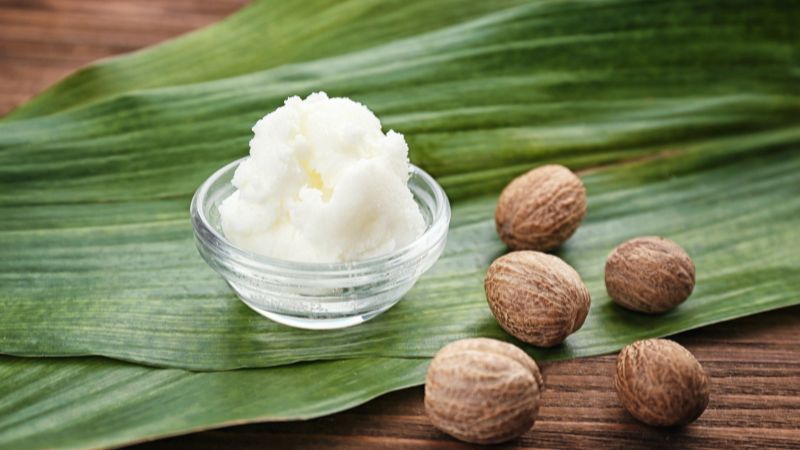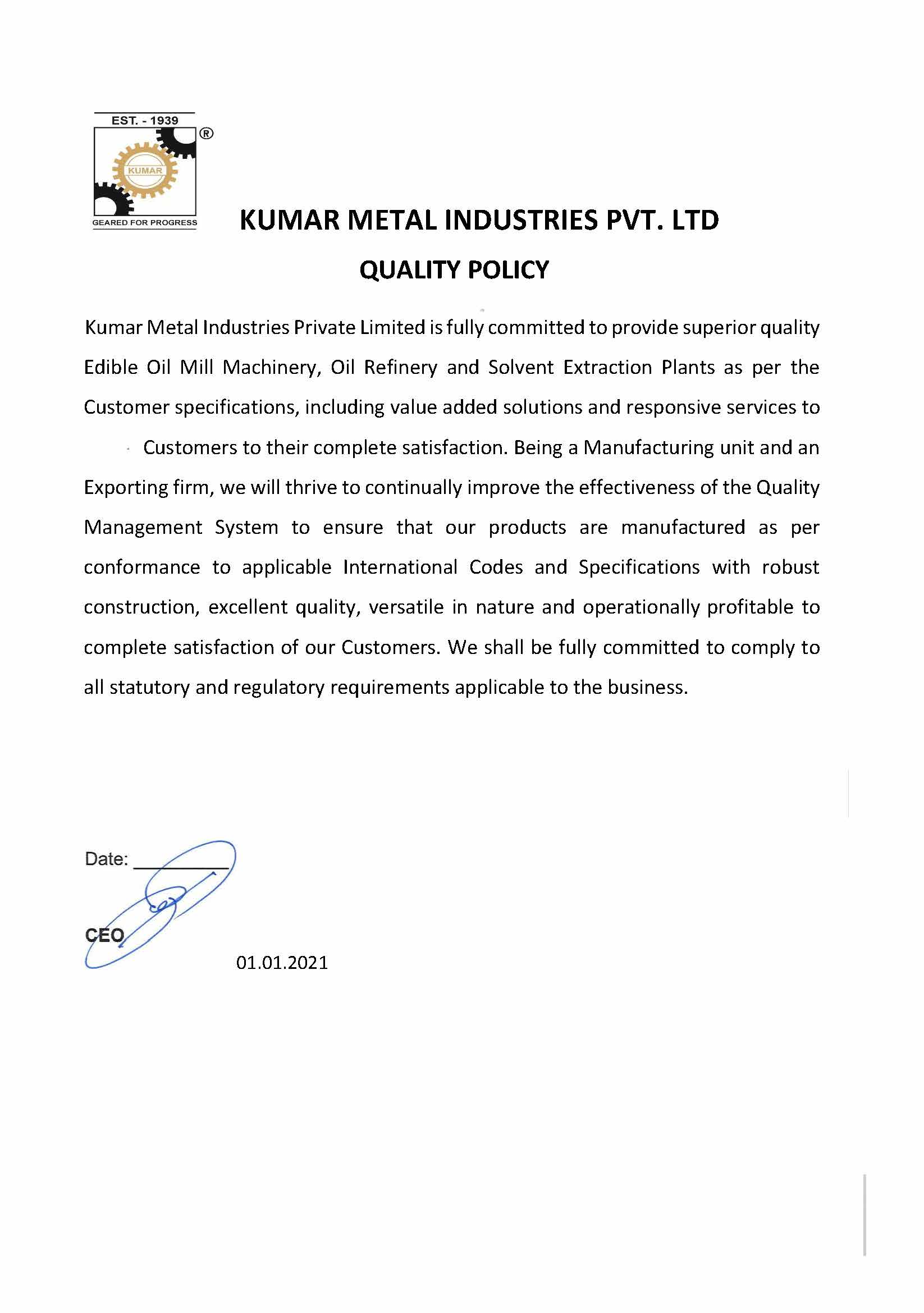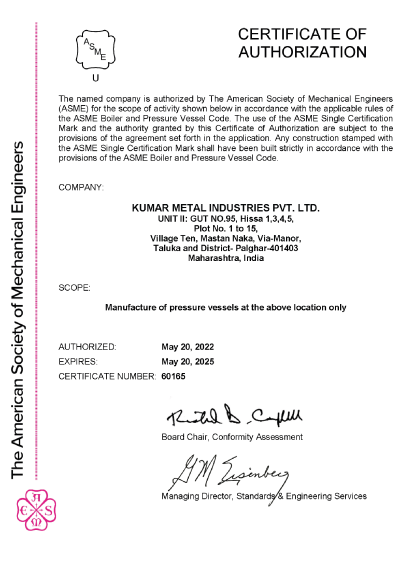
Shea butter has gained significant importance in the past several decades across the world due to its versatile properties. With growing focus on natural ingredients in cosmetics and other end-uses, increasing attention is being given to use of shea butter in many applications.
The following series of articles present a brief review of shea butter from its origin, production, applications and benefits in various end-uses, as well as commercial aspects.
Shea Butter or Shea Nut Fat is produced from the kernels or seeds of shea nut – removed from the fruit of Shea plant. The Shea plant predominantly grows in the 5000-km wide belt of savanna in the sub-Saharan northern African region – parklands in 3.7 million sq. km semi-arid zone - including the western and eastern African countries Senegal, Mali, Cote d’Ivoire (Ivory Coast), Burkina Faso, Togo, Ghana, Benin, Nigeria, Niger, Cameroon, Central African Republic, Chad, Kenya, Guinea Bissau, Senegal, Uganda, Sudan, South Sudan, Togo, Congo, Eritrea, and Ethiopia. Traders call this savanna belt as “Shea Belt”. Ghana and Burkina Faso are the major exporters of shea nut. Now, Shea butter is also exported. Today, shea nuts and shea butter have become globally traded commodities. Eight major exporters of dry shea kernel are Benin, Burkina Faso, Ivory Coast, Ghana, Guinea, Mali, Nigeria and Togo. About 250,000 to 350,000 T of dry shea kernels are exported by these countries across the world.
The botanical name of Shea trees is Vitellaria paradoxa C. F. Gaertn., and it belongs to the Sapotaceous family. Another botanical name, Butyrospermum parkii, is considered as a synonym of the above name. Vitellaria paradoxa, or V. paradoxa in short, is widely accepted name of the African shea trees. Generally, the west African shea trees are called with the subspecies name ‘paradoxa’ while the east African plants are known as ‘nilotica’, another subspecies.
Wild shea trees take a long time to grow and reach maturity. They start bearing commercial quantities of fruit only after reaching maturity after approximately 20 to 50 years! The mature trees can produce shea nuts continuously for up to 200 years. This is a much longer time period for growth and production than other plantation crops. For example, coffee plants are reported to bear fruit after just two to three years, and they reach full maturity after seven to eight years. These plants continue to yield coffee beans up to nearly thirty years. Due to this long gestation period, development of commercial shea plantations has been discouraged. Therefore, the entire shea industry is based upon shea nuts (and butter produced from them) collected from naturally growing shea trees in many countries.
Shea trees grow up to 9 to 12 m (= 30 to 40 ft) height in the wild. They blossom during February – March, and the fruit mature during June – July months. Shea fruit are harvested during the June to September period, after they fall to the ground.
Shea fruit is of light green color and are of the size – two to three inches (5 to 8 cm) in diameter. The fruit consists of a green epicarp (outer cover), a fleshy mesocarp (or pulpy portion), and a hard endocarp (or shell), which contains the embryo or the shea kernel. Usually, the shea fruit contain one or two kernels but occasionally may have two or three. Shea butter is extracted from these kernels.
Ripe shea fruit fallen from the trees are collected during the harvesting months from June to September. Their pulp is removed either manually or by fermentation to separate the nuts. These are then processed using one of the three traditional methods – boiling, roasting or sun-drying.
The shea nuts are boiled in water, which prevents germination of the seeds and also saves them from hydrolytic degradation of the extracted shea butter. However, this process can cause increased oxidation of the fat, leading to higher peroxide value. The boiled shea nuts are then sun-dried, although there is a risk of mold-contamination when they are dried during the rainy season. The dried shea nuts are cracked to remove the kernels from the shell. These kernels are then either sun-dried or roasted to remove residual moisture.
The shea nuts are also roasted or smoked in ovens for drying. The dried nuts with the husk or shell are stored. However, this method is known to cause increase in the polycyclic aromatic hydrocarbons (PAH), which are carcinogenic, in the extracted shea butter.
The shea nuts, removed from the ripe fruit, can be sun-dried directly without boiling in water. The dried nuts are cracked to remove the kernels (de-husking), which are again sun-dried. The dried shea kernels are stored, with occasional re-drying in the sun. However, sun-drying during rains can cause microbial deterioration of the nuts and kernels.
These dried kernels are used to extract shea butter by various methods – water extraction (by boiling with water), expellers or solvent extraction. Traditionally, shea butter extraction has been carried out by boiling the kernels with water and skimming off the released oil. The commercial production is achieved by pressing the kernels in expellers or solvent extraction. The extracted shea butter is processed further by refining and deodorizing to produce high-quality shea butter, which can be used in food products like chocolates and in cosmetics. In recent years, due to increasing interest in eco-friendly production methods and organic products, traditional extraction methods are being utilized to obtain organic shea butter.
The traditional water extraction process is used in the African countries to produce shea butter. The dried kernels are pounded or subjected to wet milling to prepare a paste which is homogenized by kneading and hand-beating. This paste is boiled in water to separate the fat or shea butter from the kernel cake. The resultant butter is scooped up, filtered through filter cloth and stored suitably for cooling to obtain solid shea butter. This shea butter does not undergo any refining and therefore is called as unrefined shea butter.
During the extraction process using expellers, the shea kernels undergo a conditioning step before pressing in the first expeller to extract the fat in the first stage. The cake obtained in this step is fed to the second expeller to extract more shea butter in the second stage. This is unrefined shea butter.
The deoiled shea kernel cake obtained in the second expeller is fed to the solvent extraction plant to extract the residual shea butter. This is also unrefined shea butter. The final deoiled cake is used as animal feed or other applications.
The unrefined shea butter obtained in the above processes is refined using alkali refining to remove free fatty acids; bleached to reduce or remove the color components and deodorized to remove the odor of unrefined shea butter.
Typically, to produce one tonne (T) of shea butter, three T of dried shea kernels need to be processed, which in turn are produced from nine T of fresh shea nuts. The following Figure 1 presents the schematic diagram of the Shea Butter Production using different methods.
FIG. 1: SHEA BUTTER PRODUCTION METHODS

Shea Butter Grades Several organizations including the United States Agency for International Development (USAID) and the major end-users of shea butter have suggested the following classification system for shea butter, into five different grades based on its method of extraction and quality parameters.

Generally, the A, B, and C are considered the commercial grades for shea butter trade.
The color of raw shea butter (A Grade) ranges from creamy (like whipped butter) to grayish yellow. It has a nutty aroma which is removed in the refined grades. C Grade is pure white. The refining process removes almost 95% of the vitamin content of shea butter in the C Grade, while reducing the contaminants to non-detectable levels.

Kumar offers several equipment specially designed for shea butter extraction, including kernel processing, expellers, solvent extraction and also for refining, bleaching, and deodorization to produce refined shea butter. Many such equipment have been supplied to several countries and several are in the process of installation and commissioning.
You might find these interesting:
Read about the properties and applications of shea butter
Learn everything about shea nut processing
For 82 years, Kumar has been delivering dependable process engineering solutions to the oils and fats industry. We're known for our robustly engineered, versatile and operationally profitable plant and machinery. It's why over 500 customers in 65 countries depend on us to solve their processing challenges, big or small. If you’d like to know more about our solutions please fill out the form below:
"*" indicates required fields



















